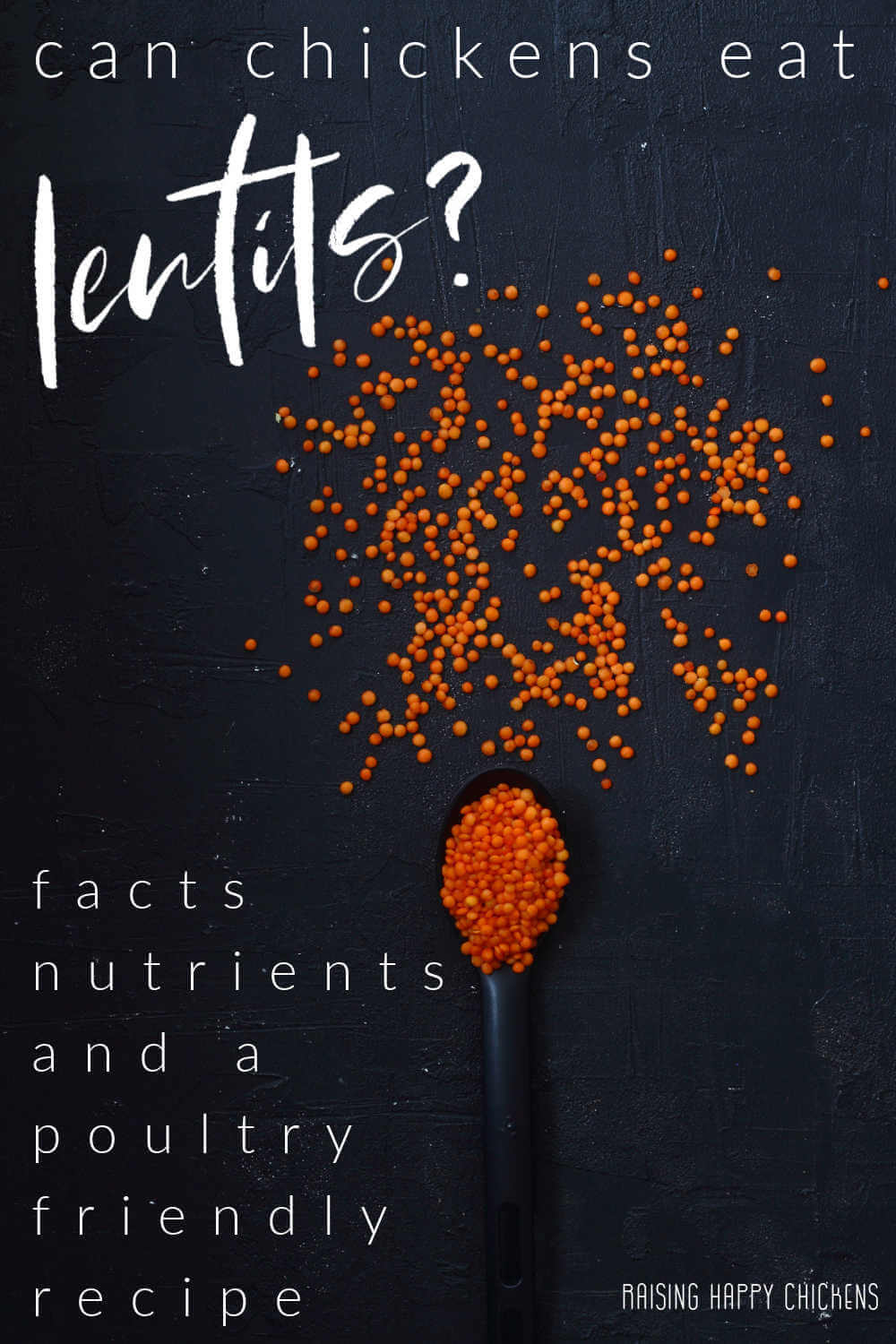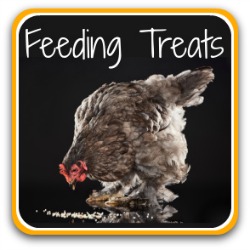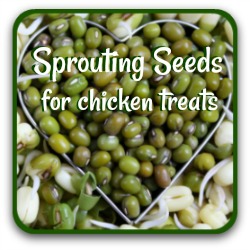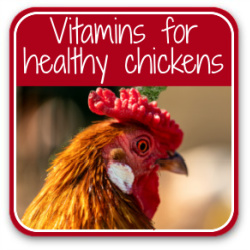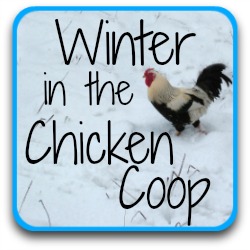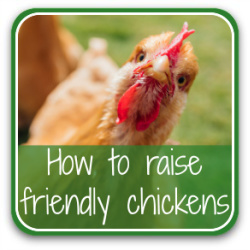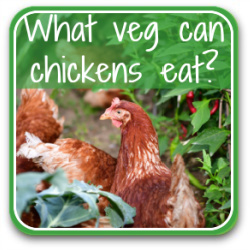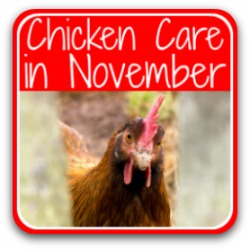Yes – chickens can eat lentils!
Full of protein and vitamins, lentils are an excellent choice as a chicken treat – if they're properly prepared. Here's why and how.
Can chickens eat lentils? A quick overview.
You may have read that chickens should never be given lentils. That's inaccurate.
Chickens should never eat dried lentils. That's different.
As long as they're properly prepared, lentils are not only safe for your flock, they're low in fat and an excellent source of protein, potassium and antioxidants.
This article covers the scientifically proven facts about poultry and lentils with a description of why they're good for chickens.
There's also a poultry-friendly recipe based on the traditional Italian "cotechino con lenticchie" – sausage with lentils – eaten as a dinner on New Year's Eve to bring a prosperous year ahead.
Don't like sausage? No problem – there's a cheese-based version too!
Full of goodness which will help your chickens through cold, wet months, this recipe can be offered to your flock as an occasional treat at any point during the winter.
Remember though: any treat should be viewed as just that – a treat to be given occasionally, not a substitute for a nutritionally balanced feed.

Types of lentil: which one's best for chickens?
A member of the legume family, lentils have been part of the human and animal diet for centuries.
Inexpensive and nutritious, they were considered "poor man's meat" and in Catholic countries like Italy, when people couldn't afford to eat fish on a Friday (and meat was forbidden), lentils were a regular substitute.
Different types of lentil.
The most common you'll find in shops are the dried, flat, brown lentils. They retain their shape well and have a coarse texture.
Green lentils also keep their shape and are more peppery in flavour. Red and yellow are sweeter; they tend to cook to more of a mash so they're best used in soups.
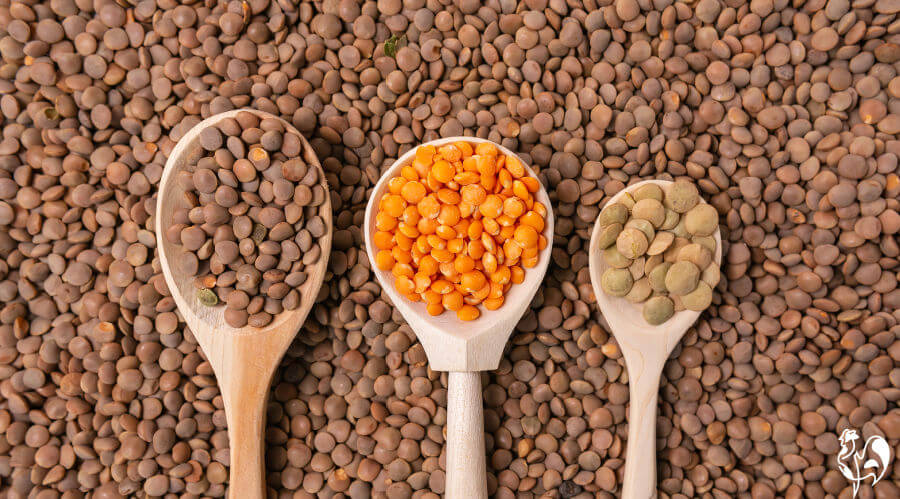 Different types of lentil have equal nutritional benefit.
Different types of lentil have equal nutritional benefit.In my experience, chickens prefer the sweeter (red) lentils, followed by brown. They're not so keen on green lentils.
Do this...
Experiment with the different types until you find which your flock prefers. The nutritional benefits are more or less the same for each.

Nutritional value: general information.
Low in fat and sodium, high in protein, lentils are considered a "superfood". Rated second only to soy beans in the amount of protein they supply(2), they're an excellent source of...
In humans, studies have shown that the antioxidants present in lentils can help reduce the chance of diseases such as obesity, diabetes, some cancers and heart-related disease such as high cholesterol levels(1).
Chickens are not humans, but they also benefit from foods high in vitamin and mineral content.
But what does research say specifically about the effect of lentils on chickens?

Can chickens eat lentils? What research tells us.
I always try to find properly researched, natural ways of adding protein and antioxidants to poultry diets, rather than their food being chemically treated and pumped full of antibiotics.
There weren't many studies on the impact of feeding lentils to chickens until fairly recently. What research there is (see for example 3, 4, 5), shows that...
- antioxidants contained in lentils can help reduce chickens' stress levels and aid general health, strengthen the immune system and increase the reproductive system of laying hens
- phytochemicals in lentils have a natural positive impact on the poultry immune system, helping prevent disease and reducing the need to use chemical antibiotics to promote health
- potassium is essential for healthy reproduction and chick development (and is also effective as a control against over-heating in summer)
- lentils can increase the yellow pigment in egg yolk.
Do this...
Since studies show the introduction of lentils into a chicken's diet is a natural way of promoting good health, try adding cooked or sprouted lentils into their everyday diet.

Grow your own, or buy?
It's possible to grow your own crop of lentils outside, but it's fiddly and takes time. So why bother, since lentils are readily and inexpensively available to buy?
Lentil sprouts, simply grown inside from supermarket lentils, are packed with protein and can be fed to chickens within a few days of growth. They're an excellent source of healthy greens when fresh fodder is costly and hard to come by in the winter months.
Do this...
Try growing your own lentil sprouts – it's so easy!

A chicken friendly lentils recipe.
Lentils have been a sign of prosperity in Italy since Ancient Roman times. Cooked with cotechino sausage, they form a traditional New Year's Eve recipe in the Marche region.
Eating the round, coin-shaped lentils and the sausage cut into round "coins" ensures prosperity for the forthcoming year. Apparently.
My chicken friendly Italian lentils recipe.
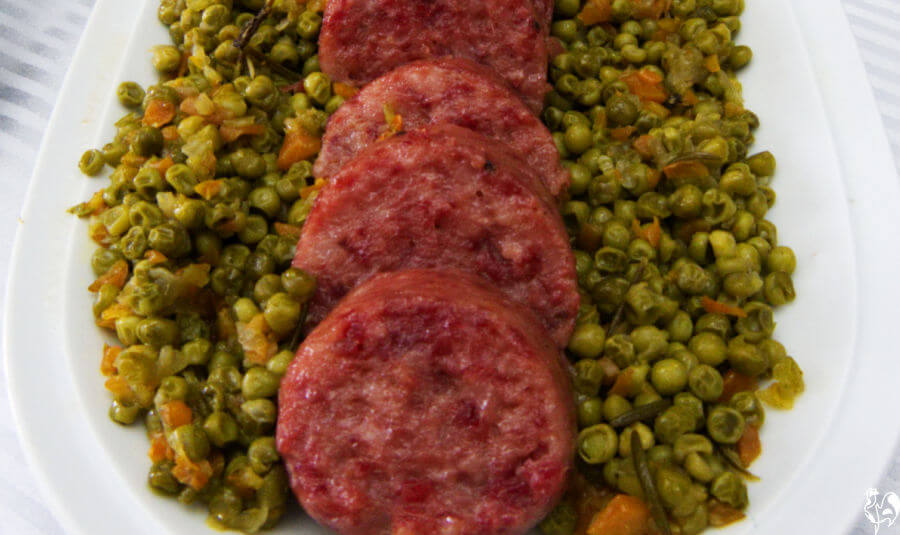 The chickens have a smaller version of our New Year's Eve meal.
The chickens have a smaller version of our New Year's Eve meal.This is a simple recipe with few ingredients. These amounts are plenty for a flock of ten chickens.
Traditional cotechino is hard to get hold of outside Italy, so this recipe uses thick, good quality pork sausages instead.
Not sure whether chickens eat meat?
If you've ever seen a chicken chase an earthworm or even a mouse, you'll know that chickens are not vegetarian! Chickens love meat.
But sausages – like most processed foods – are high in salt. Feed only very, very occasionally, and buy organic sausages without added sodium. Salt is not good for chickens.
Alternatively, use (if possible) unsalted mozzarella cheese cut into rounds. Even the salted version has a very low sodium content.
Do this...
- Take my meat or cheese based recipe below and use it for special occasions only. I generally feed this just at New Year.
- Or go for a simple version and serve cooked lentils with just the vegetables as outlined in the ingredients.
- The veggie version is particularly good to boost the immune system at times of high stress: when the weather is cold; during the moult; after a predator attack, for example.
- Experiment until you find the recipe your flock likes best!
Ingredients.
If you don't want to add garlic, leave it out. Bear in mind though that garlic is excellent for chicken health and in these quantities will not make your eggs taste!
- 150 grammes (¾ cup) thick pork sausages or mozzarella cheese
- 250 grammes (1¼ cups) of dried brown lentils
- 80 grammes (½ cup) frozen peas
- 500 mls (2 cups) water
- 1 stick celery
- 1 carrot
- 1 clove garlic
- 2 tablespoons olive oil.
How to make it.
- Soak the lentils in a bowl of cold water for two hours.
- Meanwhile, cut the celery, carrot and garlic into small pieces ("as big as your little fingernail", so the Italian recipe goes!).
- Fry in the olive oil until soft.
- Add the whole sausages (if using) and fry gently, allowing the fat to remain in the pan.
- Remove the sausages once cooked and set to one side.
- Drain the soaked lentils and add to the pan with the vegetables. Mix so that the fat covers the lentils.
- Add the peas and water, bring to the boil and simmer very gently until the liquid has been absorbed.
- While you're waiting for the lentils to cook, cut the sausages into rounds about ½ inch thick.
- Plate up the lentils; add the cut sausage or mozzarella on top.
- Stand back before the stampede!

Related articles you may find helpful.

Sources and further reading.
A lot of "facts" you'll find on the internet are often people's individual views, based on inaccurate information repeated from poor quality sources.
The information I provide in this article and others is based not just on my own experience, but on evidenced facts from scientific, peer-reviewed research and books from highly respected and experienced poultry keepers such as Gail Damerow.
Some of the trusted sources I have used in this article are these.
1. Ganesan, K, and Xu, B: Polyphenol-Rich Lentils and their Health Promoting Effects. Pub. International Journal of Molecular Science, 2017.
2. Ware, M: What are the benefits of lentils? Pub. Medical News Today, 2019.
3. Cabuk, M et al: Effects of Dietary Inclusion of Lentil Byproduct on Performance and Oxidative Stability of Eggs in Laying Quail. Pub. Scientific World Journal, 2014.
4. Ciurescu, G et al: Effects of dietary lentil seeds inclusion on performance, carcass characteristics and cecal pH of broiler chickens. Pub. Indian Journal of Animal Sciences, 2017.
5. Surai, Peter: Antioxidants in Poultry Nutrition and Reproduction: an Update. Pub. Journal of Antioxidants, 2020.
